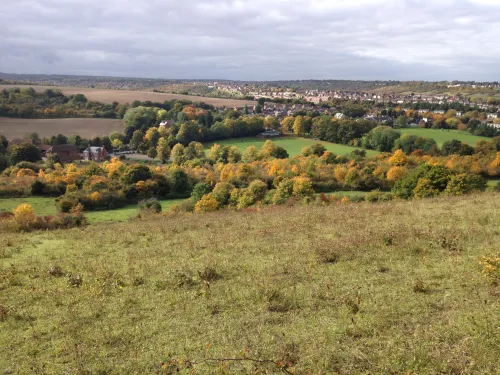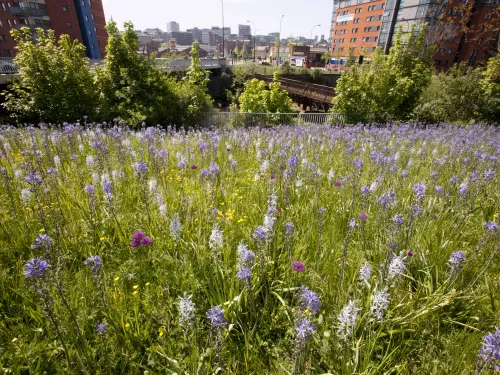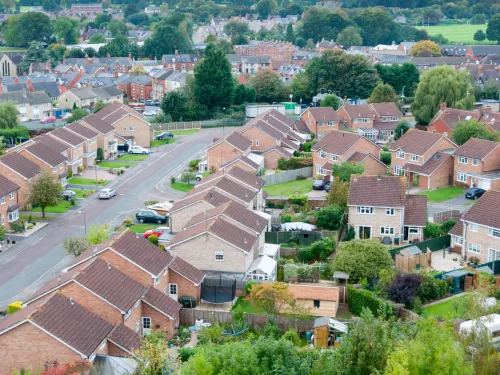We believe that you have to work with people to influence change so we want to encourage developers and local authorities to implement best practise processes and to embrace and prioritise nature as part of their plans. The mandatory requirement for biodiversity net gain we hope will support delivery of existing planning policy, creates a level playing field for developers and makes it easier to implement a consistent national approach to net gain. Whilst we support the mandatory approach to biodiversity net gain, there are some important principles that must be applied. These include...
- Robust and transparent due diligence: All new BNG partners will go through a robust due diligence process to ensure that nature is not being negatively impacted through other projects and that the organisations we work with are already on the way towards net zero with a focus on driving sustainability best practise.
- Mitigation hierarchy: We believe that net gain must be additional to the hierarchy and come into play only once the impacts of development on biodiversity have been avoided, mitigated and compensated. If a given developer doesn’t systematically look at how they can avoid impacts (including, critically, off-site ones like pollution, and their contribution to cumulative ones e.g. human disturbance to nearby wildlife sites); minimise those that they cannot avoid; and then restore as much of said damage as possible within the footprint of the development, prior to looking at what they need to do elsewhere through offsetting, then it probably won’t result in a net gain at all. Therefore, success depends on how BNG is interpreted and applied by a whole suite of people from developers to ecological consultants, local government and statutory bodies.
- In perpetuity: All mitigation, compensation and biodiversity gain delivered through the scheme should be permanent and not lost at a later stage. This will require effective and adequate investment, management, monitoring and enforcement.




